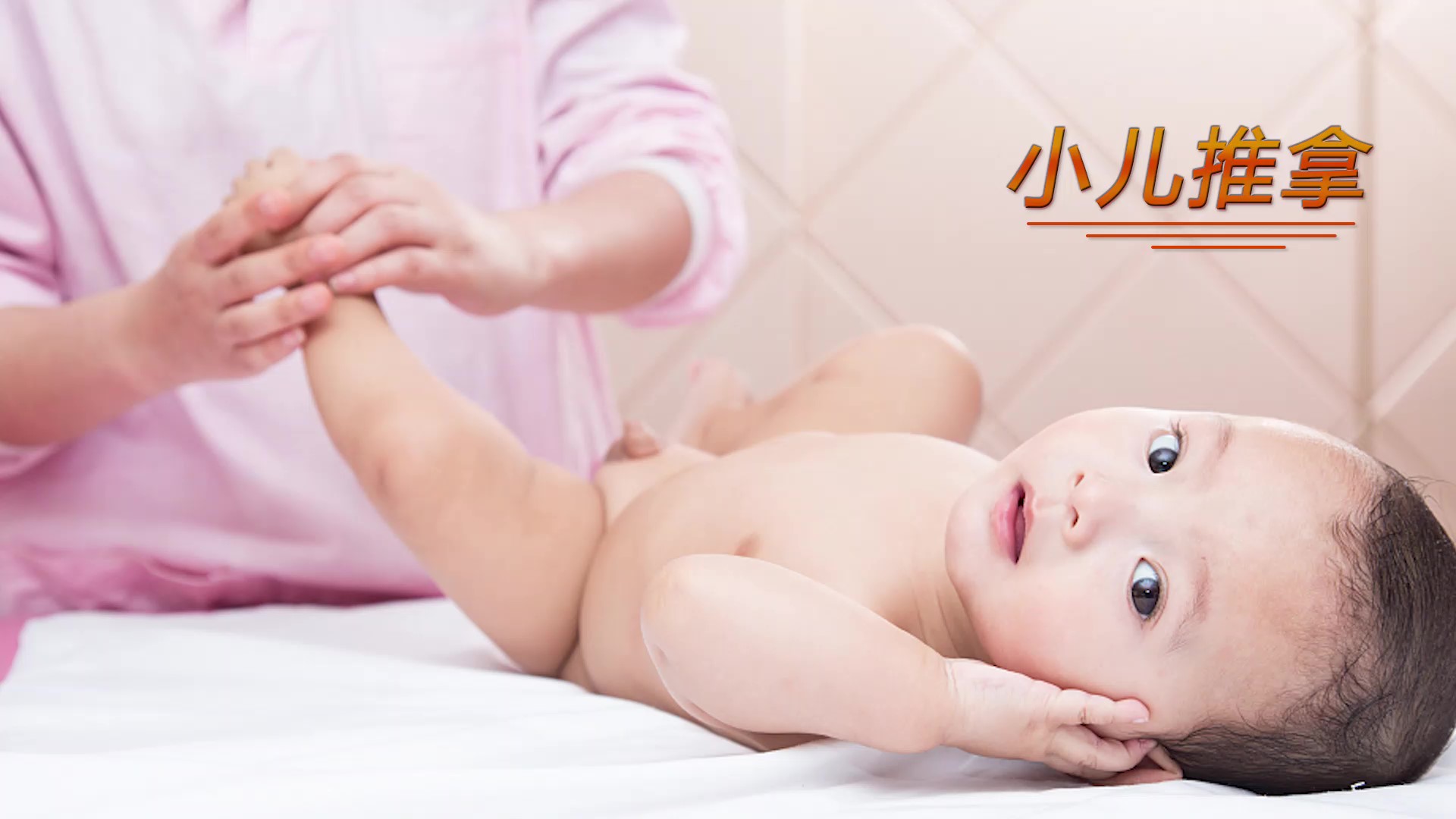
当前课程知识点:Chinese Ceramics > Unit 9 Blue and White Wares (Qinghua Ci) > 9.3 Fine China Ware became the Symbol of ChinaⅠ > 9.3 Fine China Ware became the Symbol of ChinaⅠ
返回《Chinese Ceramics》慕课在线视频课程列表
老师,我有一些问题问您
您能帮我吗
当然,什么问题
为什么“瓷器”与“中国”在英文中同为一词
唐朝时期
人们就在昌南建造窑坊
烧制出一种青白瓷
青白瓷色彩晶莹
有“人造玉器”的美称
因而远近闻名
并大量出口欧洲
当时
欧洲人还不会制造瓷器
因此中国特别是昌南镇的瓷器
很受欢迎
在欧洲
昌南镇瓷器是备受珍爱的贵重物品
人们以能获得一件昌南镇瓷器为荣
因此
欧洲人就以“昌南”作为瓷器
和生产瓷器的“中国”的代称
久而久之
欧洲人就把昌南的本意忘却了
只记得它是“瓷器”
即“中国”了
我知道了
谢谢老师的讲解
不客气
大家好
今天我们来谈谈瓷器
成为中国的象征
制陶业何时在国外开始发展的
西亚的制陶业在10世纪以后
对于釉下彩,特别是青花的制作
一直没有间断过
美国华盛顿佛利尔美术馆收藏
伊朗14世纪青花盘
及釉下蓝、绿、白彩碗
即是传世实物
但由于那里的
胎、釉原料较差
且烧成温度不高
始终无法达到中国青花瓷的质量水平
而蒙元时期中外交通的顺畅唤起了西亚人对中国青花瓷的需求
全世界元青花的第一大收藏
地土耳其托普卡比宫有哪些特点
土耳其托普卡比宫收藏有13058件中国瓷器
其中元青花瓷达40件
无论从数量还是质量上
都是全世界元青花的第一大收藏
其所藏元青花器型硕大
主要是大盘、大碗、葫芦瓶
八棱梅瓶等大件器
图案纹饰密集
多采用国内出土器中少见的通体满绘
多层次不留地的装饰方法
画工精细,具有立体效果
色泽艳丽浓翠,用料均匀,不晕散
从总体上讲
其图案纹饰和青花的鲜艳程度
可称世界之最
远远优于中国国内的同类器物
这些瓷器中有很多件都是世界仅有的
直径41.5厘米的
蓝底白花麒麟
飞雉双凤图菱口大盘
是全世界最大的
高达70厘米的牡丹纹葫芦瓶也是世界仅有的
另外一对多棱葫芦瓶
是传世最高的
为何世界上最精美的
元青花不在中国国内
反藏身于异国王宫
这其实记录了
一段令人难忘的
中外文化与贸易往来的历史
通过丝绸之路
中国瓷器传到中西亚
受到了奥斯曼帝国王公贵族的普遍喜爱
并成为他们追求时尚、彰显奢华的标志
为了符合自己的宗教文化与实用要求
西亚的商人带着青花钴料
和图样来到中国景德镇等地
和直接定货
这些瓷器被认为是属于来料加工
专门按照伊斯兰国家的生活习俗烧制出口
所以国内很少能够见到
“瓷器”如何成为了中国的象征
盛产钴矿的伊拉克的索马拉
被证实为元青花使用的
釉下青料“苏麻离青”的原产地
大量的实物史料显示
从13世纪到15世纪中期
来自波斯、叙利亚等地
的商人僧侣和传教士
穿梭于陆路、海上两条丝绸之路
他们给中国带来了西方世界的各种商品
工艺品、香料以及伊斯兰国家出产的钻蓝青料
带走了景德镇的青花瓷
以及中国的其他手工艺品
当时中国最重要的港口泉州
云集了大量的穆斯林富商
他们定购大量的青花瓷
远销至伊朗、叙利亚、黎巴嫩、土耳其
意大利、埃及、肯尼亚,坦桑尼亚等国家
于是
景德镇的陶工不仅拥有了
促成元代青花瓷的装饰原料
还拥有了一个他们无法想象的广阔市场
“瓷器”成为了中国的象征
很高兴今天可以与邱教授交流这么知识
今天的课就到这里,谢谢大家
下节课再见
-1.1 Introduction
-1.2 Ceramics in Neolithic, East Han and Wei-Jin Dynasties
--Ceramics in Neolithic, East Han and Wei-Jin Dynasties
-1.3 Sui and Tang dynasties and Song Dynasty ceramics
--Sui and Tang dynasties and Song Dynasty ceramics
-1.4 Ming and Qing Dynasties
-Unit 1 test
--Unit 1 test
-Discussion questions
-2.1 The Unique Chinese Ceramic Culture
--The Unique Chinese Ceramic Culture
-2.2 The Historical Development of Chinese Ceramic Making
--The Historical Development of Chinese Ceramic Making
-2.3 Chinese Ceramic Shape Art
-2.4 Chinese Ceramic Painting Art
--Chinese Ceramic Painting Art
-2.5 Chinese Ceramic Folk Stories
--Chinese Ceramic Folk Stories
-Unit 2 test
--Unit 2 test
-Discussion questions
-3.1 CeramicCulture and the Zodiac
--CeramicCulture and the Zodiac
-3.2 The heritage of traditional ceramic culture
--The heritage of traditional ceramic culture
-3.3 The development and innovation of ceramic art
--The development and innovation of ceramic art
-Unit 3 test
--Unit 3 test
-Discussion questions
-4.1 Gorgeous Colored Pottery
-4.2 The Method of Making Colored Pottery
--The Method of Making Colored Pottery
-4.3 Primitive Colored Pottery Ⅰ
-4.3 Primitive Colored Pottery Ⅱ
-4.3 Primitive Colored Pottery Ⅲ
-4.4 Black Earthenware
-4.5 White Pottery and Primitive Porcelain
--White Pottery and Primitive Porcelain
-Unit 4 test
--Unit 4 test
-Discussion questions
-5.1 Terracotta Warriors in Qin Dynasty
--Terracotta Warriors in Qin Dynasty
-5.2 Potteries in Han Dynasty
-Unit 5 test
--Unit 5 test
-Discussion questions
-6.1 Dragon kiln and Celadon
-6.2 Yue Kiln and Wuzhou kiln
-6.3 Deqing Kiln and Ou kiln
-6.4 Longquan Wares
-6.5 Yaozhou Wares
-Unit 6 test
--Unit 6 test
-Discussion questions
-7.1 Tang Tri-Colored Pottery
--7.1 Tang Tri-Colored Pottery
--7.1 Tang Tri-Colored Pottery
-7.1Tang Tri-Colored Pottery
--7.1 Tang Tri-Colored Pottery
--7.1 Tang Tri-Colored Pottery
-Discussion questions
-Unit 7 test
--Unit 7 test
-8.1 The flourishing age of the Song Dynasty
--8.1 The flourishing age of the Song Dynasty
-8.2 The flourishing age of the Song Dynasty
--8.2 The flourishing age of the Song Dynasty
-8.3 Ding Wares
-8.4 Ru Wares
-8.5 Guan Wares
-8.6 Ge Wares
-8.7 Jun Wares
-Discussion questions
-Unit 8 test
--Unit 8 test
-9.1 Reasons for the maturity of Qinghua porcelain in Yuan Dynasty
--9.1 Reasons for the maturity of Qinghua porcelain in Yuan Dynasty
-9.2 The Invention of Blue-and-white Porcelain in the Tang Dynasty
--9.2 The Invention of Blue-and-white Porcelain in the Tang Dynasty
-9.3 Fine China Ware became the Symbol of ChinaⅠ
--9.3 Fine China Ware became the Symbol of ChinaⅠ
-9.3 Fine China Ware became the Symbol of ChinaⅡ
--9.3 Fine China Ware became the Symbol of ChinaⅡ
-9.3 Fine China Ware became the Symbol of ChinaⅢ
--9.3 Fine China Ware became the Symbol of ChinaⅢ
-9.4 The charm of QinghuaⅠ
-9.4 The charm of QinghuaⅡ
-9.4 The charm of QinghuaⅢ
-Discussion questions
-10.1 Da Ming Wucai
-10.2 Wooden engravings influence on Wucai porcelain
--10.2 Wooden engravings influence on Wucai porcelain
-10.3 Kangxi Wucai
-10.4 Liling Under-glaze multicolored porcelainⅠ
--10.4 Liling Under-glaze multicolored porcelainⅠ
-10.4 Liling Under-glaze multicolored porcelainⅡ
--10.4 Liling Under-glaze multicolored porcelainⅡ
-Discussion questions
-11.1 The advent of Fencai
-11.2 Fencai Porcelain in the Yong zheng period
--Fencai Porcelain in the Yong zheng period
-11.3 Fencai Porcelain in the Qianlong Period
--Fencai Porcelain in the Qianlong Period
-Discussion questions
-13.1 Zisha-pottery
-13.2 The Zisha Teapot
-13.3 The Zisha tea set in the Ming Dynasty
-Discussion questions
-14.1 Development of Contemporary Chinese ceramic art
--14.1 Development of Contemporary Chinese ceramic art
-14.2 The internationalization trend of Chinese modern ceramics
--14.2 The internationalization trend of Chinese modern ceramics
-14.3 A new style of contemporary ceramic art Ⅰ
--14.3 A new style of contemporary ceramic artⅠ
-14.3 A new style of contemporary ceramic art Ⅱ
--14.3 A new style of contemporary ceramic art Ⅱ
-14.4 The Trade of the Artisans Ⅰ
--14.4 The Trade of the Artisans Ⅰ
-14.4 The Trade of the Artisans Ⅱ
--14.4 The Trade of the ArtisansⅡ
-Discussion questions
-15.1 Unique Cloisonné technique
--15.1 Unique Cloisonné technique
-15.2 The Craftsmanship and Development of Cloisonné
--15.2 The Craftsmanship and Development of Cloisonné
-15.3 The Problems Facing the Inheritance of Cloisonné
--15.3 The Problems Facing the Inheritance of Cloisonné
-15.4 The inheritance and development of Cloisonné
--15.4 The inheritance and development of Cloisonné
-Unit 15 Test
--Unit 15 Test
-Discussion questions
-16.1 Appreciation of Chinese ceramics
--16.1 Appreciation of Chinese ceramics
-16.2 Explore the origins of ancient ceramics Ⅰ
--16.2 Explore the origins of ancient ceramics Ⅰ
-16.2 Explore the origins of ancient ceramics Ⅱ
--16.2 Explore the origins of ancient ceramics Ⅱ
-Unit 16 Test
--Unit 16 Test
-17.1 Traditional Chinese Decorative Patterns
--17.1 Traditional Chinese Decorative Patterns
-17.2 Application of Traditional Chinese decorative patterns in ceramics
--17.2 Application of Traditional Chinese decorative patterns in ceramics
-Unit 17 Test
--Unit 17 Test
-Discussion questions

